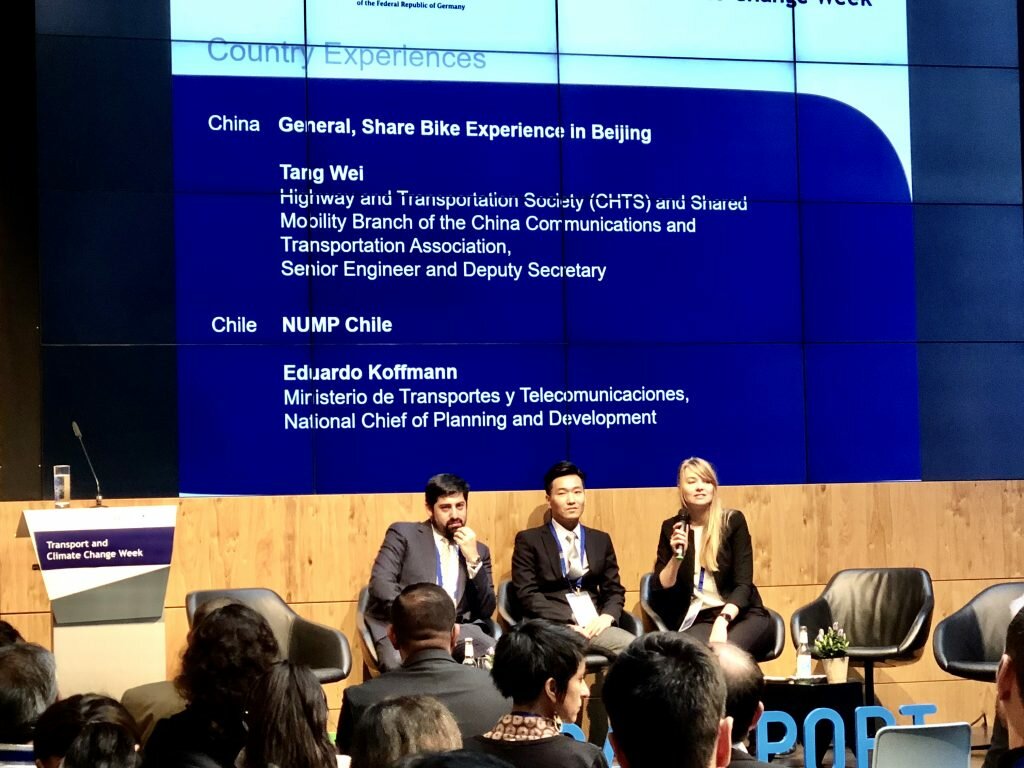All over the world, many cities are facing increasing levels of traffic congestion, road safety issues, as well as carbon and air pollutant emissions. In particular, the better integration of transport and urban planning is seen as a key to mitigate these effects and to create more livable cities. To promote smart and integrated urban mobility planning, the European Commission, in 2013, published the “Guidelines on Developing and Implementing A Sustainable Urban Mobility Plan”. Sustainable Urban Mobility Plans, also known as SUMP, aim at satisfying the mobility needs of people and businesses while improving the quality of life. The SUMP concept has been successfully applied in various countries around the world. In order to adapt to the current mobility trends, such as vehicle automation, vehicle electrification, shared mobility and their implications in the public transport systems, the SUMP guidelines were recently updated in their second edition, which you can find…
The second Transport and Climate Change (TCC) Week, which included the Climate Action in Mobility Conference (CAMC), highlighted the importance and need of a transformational change in the…
Zhongguancun. That is the name of the district in the north-west of Beijing, where more than a dozen billion-dollar “unicorn” startups set up their offices in the midst…
The transport sector represents the biggest challenge for climate policy The German government has set the target of reducing greenhouse gas emissions by 80-95% by 2050 (reference year:…



